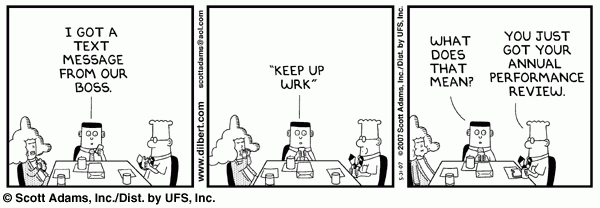.png?width=1024&height=512&name=2%20ways%20leaders%20-ed%20(1).png)
According to Gallup, only 33% of US employees and 15% percent of worldwide employees are engaged in the workplace. Workforces around the world are at best, ambivalent. No wonder hearing the term "employee engagement" evokes sighs and no real action. Based on my research and experience, let me introduce two ways leaders can create engagement [you can start them today]!
Leaders don’t come to work with the intention of demotivating or disengaging their employees, but it happens. Too often, competing demands are prioritized over the needs of workplace culture. When this happens, employees begin to question whether the organization and its leadership truly care about them. Employees can’t be expected to be engaged in the long-run if leaders are not setting up the frameworks that support engagement.
So what can be done to keep employees from being disengaged?
Here are two suggestions that don’t cost money or lots of time to implement that can support the engagement of your employees:
Related: 3 Elements for Creating the Right Culture for Employee Happiness
1) Involve people.
So much time, energy, and money are invested in finding the right people, but there's not enough invested in making sure they are set up for success.
Liz Wiseman, author of Wall Street Journal bestseller "Multipliers: How the Best Leaders Make Everyone Smarter," shares how leaders can multiply the unique talents of their employees. One of the insights she shares is to go "from answer to questions." As a leader, though offering your “expert” advice is well-intentioned, this behavior has the potential to diminish the expertise around us.

Ask the people on your teams and within the organization questions that will bring out their talents and areas of expertise. Some ideas of open-ended questions:
When I look at moments in my career when I felt engaged in my work, they all involve times when I have been asked for my input and involvement. These opportunities gave me a greater sense of autonomy and ownership over the work and a deeper level of trust with my leaders. Even when I had to work long hours, these periods were the most energizing times in my career.
As a leader, get to know the unique knowledge, skills, and abilities your employees have to offer and then identify ways to set them up for success. Listen for their ideas, and integrate discussions as part of the decision-making process.
2) Communication, Communication!
Poor communication is often one of the main reasons for lack of engagement within organizations. It’s easy to say the solution is to communicate more effectively. It, however, can mean something different to different people. As a leader, you need to try to learn which types are most effective with your teams. If you are not communicating in the way that people are expecting, then you may cause opportunities for misunderstandings, duplication of efforts, distrust, and disengagement.

Take a moment to review the best ways to communicate with your teams (it might vary across departments) and clarify your expectations in how communications should be given and received. Working under clear expectations helps provide your employees with guidelines on how to engage with new information and feedback. As a result, you'll receive more responses and willingness for collaboration from your teams.
Want to get your leadership teams aligned on how to engage employees? Let our coaches advise you in building a roadmap for a sustainable company culture: